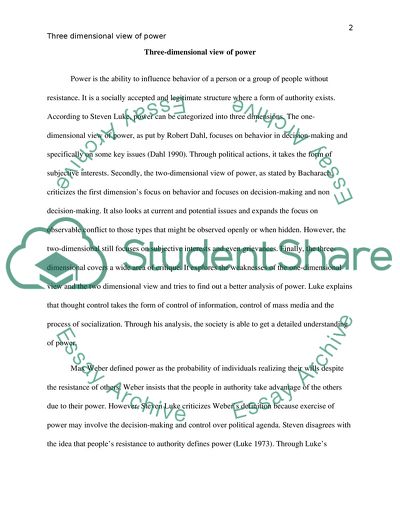Cite this document
(“Why is Steven Lukes critical of Webers definition of power What are Essay”, n.d.)
Retrieved from https://studentshare.org/sociology/1618327-why-is-steven-lukes-critical-of-webers-definition-of-power-what-are-the-advantages-of-the-three-dimensional-view-of-power-according-to-lukes
Retrieved from https://studentshare.org/sociology/1618327-why-is-steven-lukes-critical-of-webers-definition-of-power-what-are-the-advantages-of-the-three-dimensional-view-of-power-according-to-lukes
(Why Is Steven Lukes Critical of Webers Definition of Power What Are Essay)
https://studentshare.org/sociology/1618327-why-is-steven-lukes-critical-of-webers-definition-of-power-what-are-the-advantages-of-the-three-dimensional-view-of-power-according-to-lukes.
https://studentshare.org/sociology/1618327-why-is-steven-lukes-critical-of-webers-definition-of-power-what-are-the-advantages-of-the-three-dimensional-view-of-power-according-to-lukes.
“Why Is Steven Lukes Critical of Webers Definition of Power What Are Essay”, n.d. https://studentshare.org/sociology/1618327-why-is-steven-lukes-critical-of-webers-definition-of-power-what-are-the-advantages-of-the-three-dimensional-view-of-power-according-to-lukes.


